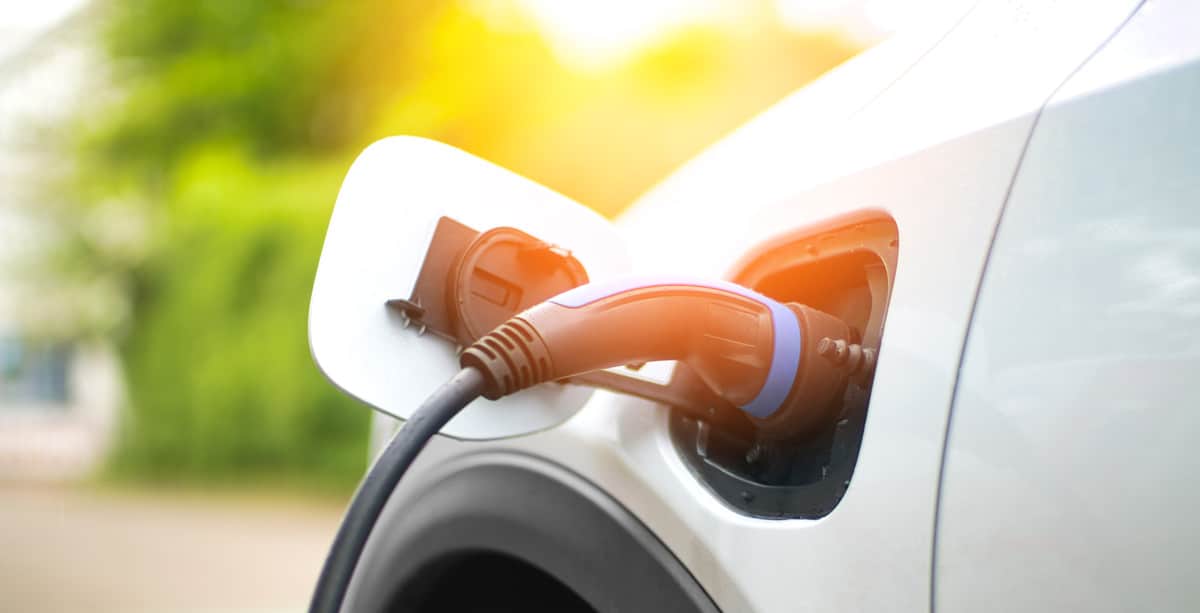Racing to Net Zero: Fleet Electrification is Under Starter’s Orders
By Mike Nakrani – CEO.
Last week I had the pleasure of chatting with a great panel of speakers at the LCV Cenex event, about the challenges of navigating the path to net zero. One of the common themes that came out of our discussion was the lack of urgency with which businesses are transitioning their fleet to EV’s.
It feels to me like organisations are lined-up at the starting line, looking side to side at each other, almost waiting for someone to start the race. As we hurtle towards a net-zero future, the transition of commercial fleets to EV has become more critical than ever. After all, UK fleet emissions make up 10% of the country’s total carbon emissions. So, let’s dive into why this is so important and what steps you should be taking.
Targets, Plans and Actions
Many of you have already laid out carbon reduction target dates and some have defined plans to transition fleets to EVs, and that’s fantastic news. But, here’s the problem – targets alone won’t get the job done. It’s time to turn those targets into implementation plans and take action by placing orders for EVs and charging infrastructure.
A stark example of this mis-match between setting targets and taking action to achieve those targets, is a local council that has set itself a net zero target of 2028, and then this year bought 64 new vehicles, only 3 of which were electric. With a 7-year cycle for a typical diesel vehicle, that purchase makes their 2028 target impossible to meet.
Why the rush, you ask? Well, the shift towards EVs is no longer a niche movement driven by early adopters or sustainability enthusiasts. It’s now a mass-market, cost, and convenience-driven transformation. Long-term studies indicate that EVs have a total cost of ownership (TCO) that’s either lower or on par with traditional internal combustion engine (ICE) vehicles. Moreover, the increasing availability of EVs, government pressure – and sometimes government support – make transitioning to EVs a logical business choice for replacing your vehicles.
A Supply and Demand Dilemma
Here’s the catch: while you plan to scale your transition over the next few years, the demand for EVs is expected to explode, particularly as we approach the 2030-2035 deadlines for net-zero commitments.
The issue at hand is that Original Equipment Manufacturers (OEMs) are already operating at maximum capacity, and supply chain hiccups are looming on the horizon as demand surges. For instance, it’s projected that only 60% of the expected battery demand for cars and vans in 2030 will be met by the best-case scenario for lithium supply projects.
Adding to this, smaller fleets are already facing challenges booking capacity, as giant fleets like Amazon are absorbing available resources. As demand swells and supply chains struggle to keep up, fleet operators who aren’t already in talks with vehicle suppliers will find themselves in a tight spot when they aim to execute their plans from 2026 onwards.
Actually, buying EVs is the easy part. Supply constraints also apply to charging infrastructure, with grid upgrades currently running at lead times of 1-3 years. Developing the energy supply and charging infrastructure, as well as making the radical change needed in fleet operations, are the big challenges. Alternatives to grid supply must be part of the EV depot mix, the most obvious being solar. Here’s a case study about a solar carport we’re building now.
It’s Time to Take Action
So, what’s the bottom line here? Transitioning to EVs is more than just a thought process; it’s a race against time and competition. 2030 is after all only one capital cycle away, meaning you must actively engage with OEMs, leasing companies, dealerships, and charging infrastructure providers now to secure your place in the EV transition journey.
Being among the early movers offers a unique advantage – access to the order books and, often, preference in terms of fleet size. You don’t want to be left behind, realising that you were either too late or too small to secure the resources you need.
The early mover advantage is also about getting access for your business to low-carbon contracts. For example, since 2021, suppliers bidding on Central Government contracts worth £5million+ annually, must have a carbon reduction plan in place. This trend will only expand and so the competitive advantage of carbon reduction will increase.
As a fleet manager, you want to lead the charge, not play catch-up. The availability of vehicles, charging infrastructure and energy, will be crucial as more companies transition their fleets. We believe that securing the right hardware and a reliable installation partner will become increasingly challenging.
Mission Critical
Don’t let inertia lead to a lower-quality and higher-cost EV fleet operation, or reliance on public charging infrastructure for your mission-critical fleet.
Expert help is available. For a multi-faceted change programme like fleet electrification, it makes sense to use an integrator to design the transition and anticipate the challenges that will undoubtedly occur along the way. I think it’s counter-intuitive to embark on such a new and complex challenge without calling in appropriate expertise. That support must also extend to EV fleet operations, which is a whole new world for fleet managers and drivers. More on that in another blog post.
In conclusion, the urgency of your fleet transition to EVs cannot be overstated. Your future business success depends on it. It’s time to act now, to secure your place in this electrifying journey. We’re here to help you address these challenges and answer your questions. Speak to one of our expert advisors and let’s move together towards a sustainable, electrified future.
Mike Nakrani.
